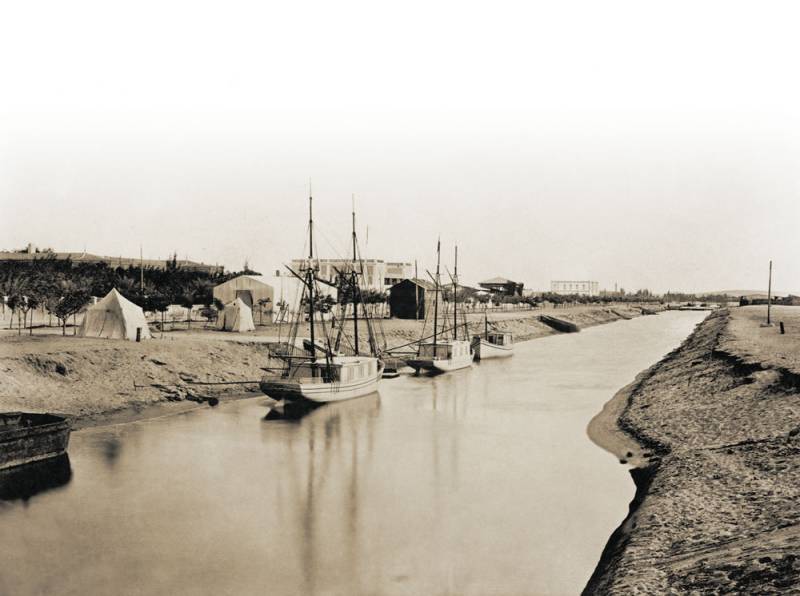On this day in history, April 25, 1859, ground was broken for the Suez Canal at Port Said, Egypt.
The man-made waterway, which connects the Mediterranean Sea to the Indian Ocean and provides a more direct route between Europe and Asia, accounts for 30 percent of the world’s daily shipping container freight.
Importance of the Suez Canal can be assessed from the fact that ships carrying more than 300 million tons of goods navigate the canal every year. A container ship stranded in the waterway in March 2021 was holding up an estimated $9.6bn ($400 million an hour) of goods each day.
A quick look at its history shows the first survey for the canal was done during the French occupation of Egypt at the end of the 18th century and its construction began in April 1859.

It was inaugurated on November 17, 1869 by French Empress Eugenie, wife of Napoleon III.
The Suez Canal was just 25 feet deep and 72 feet wide at the bottom and 200 to 300 feet wide at the surface when it was opened. It was closed during Egypt-Israel war in 1956.
Egypt shut down the canal again after war with Israel 10 years later.
In 1975, Egypt reopened the Suez Canal after talks with Israel.














